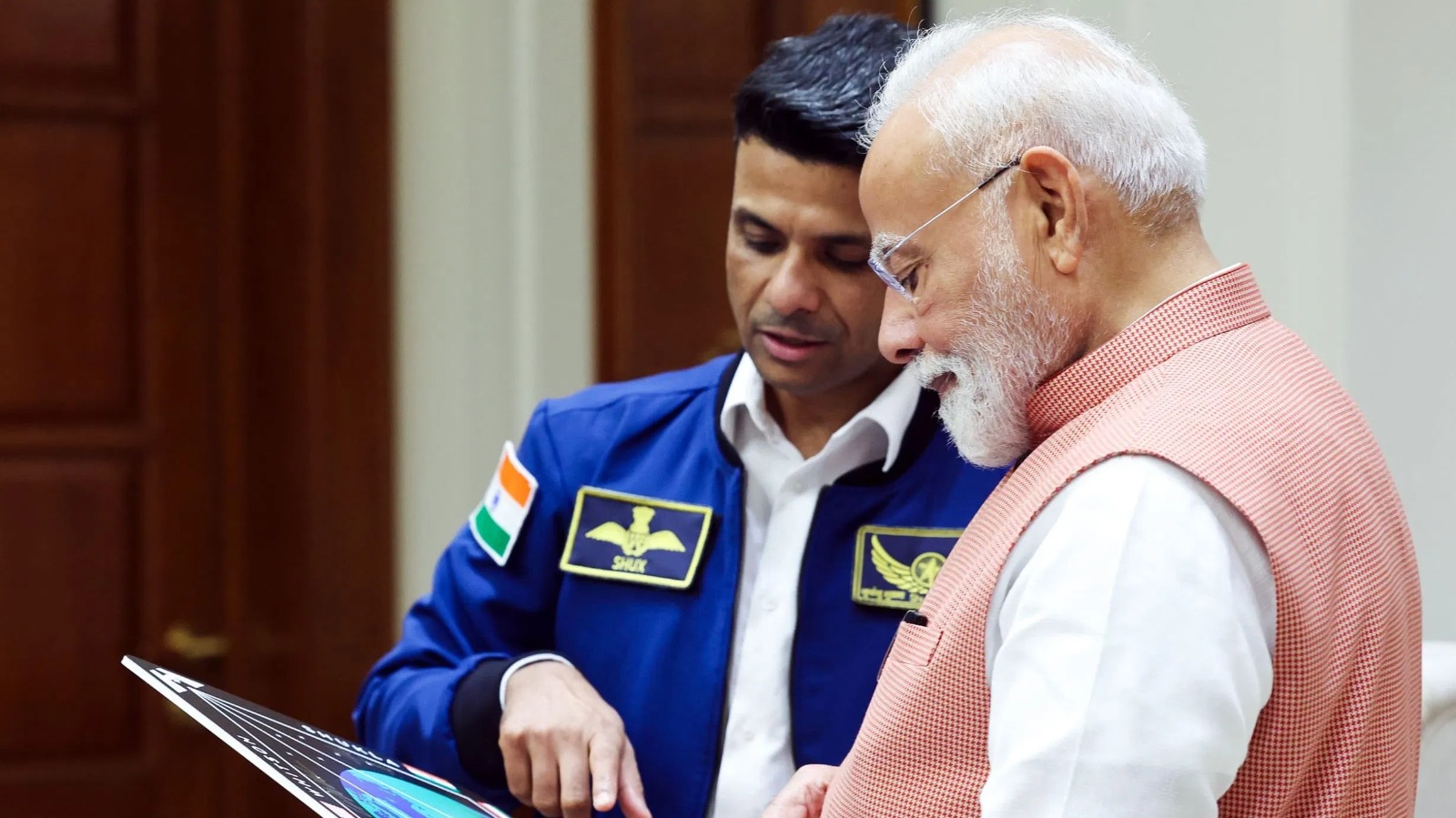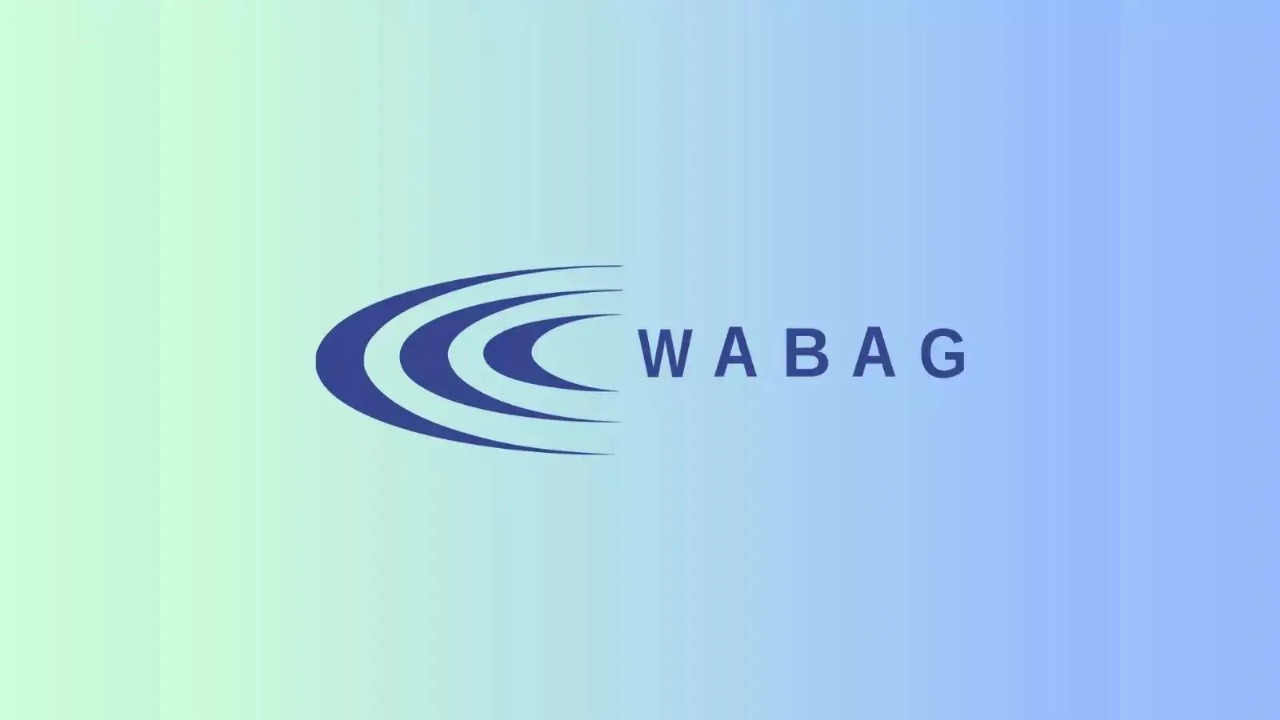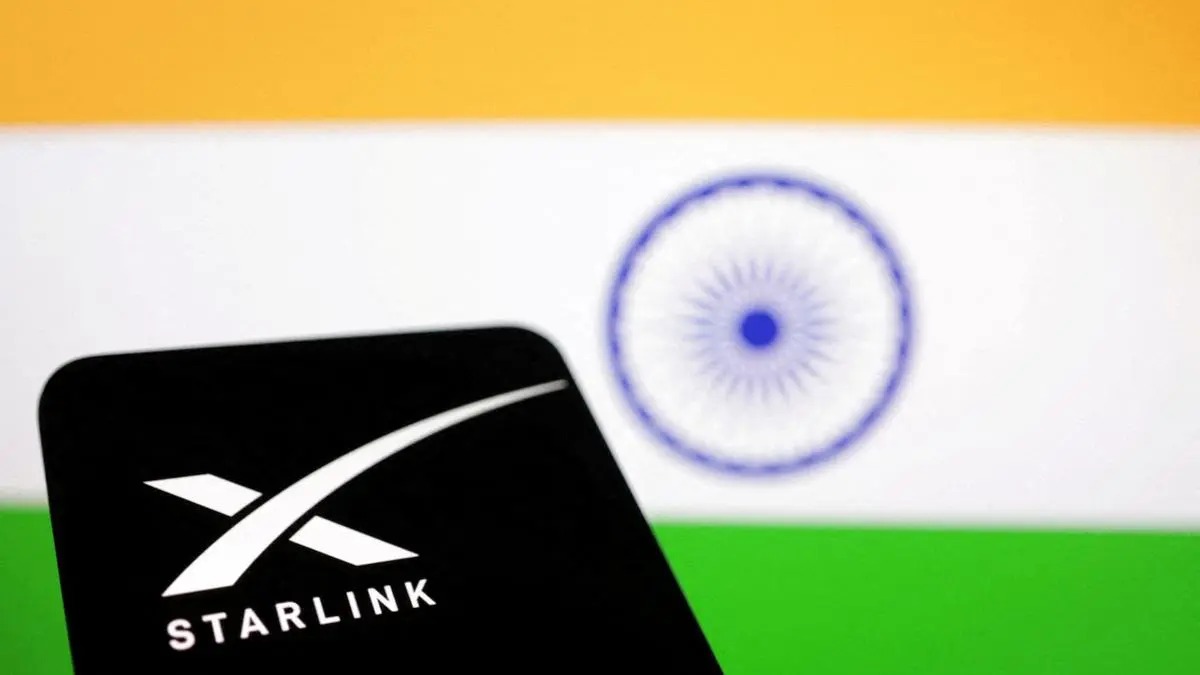 Image Source: ThePrint
Image Source: ThePrint
India is taking a giant leap towards inclusivity and diversity in its human spaceflight ambitions. For the first time, the Indian Space Research Organisation (ISRO) announced plans to create an expanded astronaut pool that will include women and professionals from various fields—not just the Indian Air Force (IAF), which supplied the first batch of astronauts for the Gaganyaan mission.
Prime Minister Narendra Modi made the announcement in his National Space Day address, expressing pride in India’s progress in space exploration and his vision for a broad, inclusive astronaut cadre for future missions. “It has been decided that the astronaut pool will not be restricted to the Air Force alone. It will have people from all walks of life,” a senior ISRO official confirmed.
From Exclusivity to Inclusivity: Why the Change?
The initial Gaganyaan flights sent four Indian Air Force test pilots—Group Captains Shubhanshu Shukla, Prashanth Nair, Angad Pratap, and Ajith Krishnan—to space after receiving intensive training in Russia and India. ISRO had to select the best-trained pilots with decades of experience to manage the complex debut manned missions. However, this initial exclusivity meant no women or civilians were part of the first crew.
With a firm eye on long-term ambition, ISRO aims to integrate women fighter pilots, scientists, engineers, doctors, and even entrepreneurs into the astronaut pool. This reflects a global trend where spacefarers come from diverse professional backgrounds, embodying the multifaceted nature of modern space missions.
Training the New Generation of Indian Astronauts
The astronaut selection and training will be overseen jointly by ISRO and the IAF's Institute of Aerospace Medicine. The process will include specialist aero-medical training, space environment simulation, and psychological readiness assessments. An indigenous astronaut training analogue mission, 'Anugami,' recently demonstrated India’s capability to conduct astronaut readiness training domestically.
Further, ISRO is developing astronaut training infrastructure within India to reduce dependence on foreign partners. This involves building simulation environments and establishing rigorous preparation protocols for the expanded astronaut pool.
PM Modi’s Vision of an Inclusive Space Frontier
PM Modi’s vision, articulated during the National Space Day, calls on India’s youth—especially women and professionals beyond the military—to contribute to the space program’s next chapters. “Globally, it’s not just researchers but entrepreneurs and professionals from all walks who are traveling to space,” Modi said, urging a spirit of participation and innovation.
The upcoming missions, including collaboration with the United States on the Axiom-4 mission to the International Space Station, demonstrate India’s growing role in international space cooperation. Shubhanshu Shukla recently represented India on the ISS as part of the Axiom-4 crew, underscoring India’s capability and aspirations.
The Road Ahead: Gaganyaan and Beyond
India plans to launch multiple manned missions under the Gaganyaan program, with human spaceflight planned for the first half of 2027. The inclusion of women and diverse professionals aligns with ISRO’s ambition of creating a sustainable and dynamic human space exploration program that factors in specialized skills from a broad talent pool.
ISRO Chairman S. Somanath has expressed optimism about increasing female representation and diversity in astronauts for upcoming missions. The agency is actively scouting for talented individuals who can push India’s frontiers in space with scientific rigor and multicultural perspectives.
Conclusion
India is poised to become a pioneering spacefaring nation that not only breaks technological ground but also embraces diversity and gender equality in its astronaut cadre. By opening astronaut selection to women and professionals from all walks of life, India signals a new era where the stars are within reach for every deserving citizen, transcending traditional boundaries.
Relevant Sources: Indian Express, The Print, NewsBytes, Sputnik News, The Brighter World
Advertisement
Advertisement






